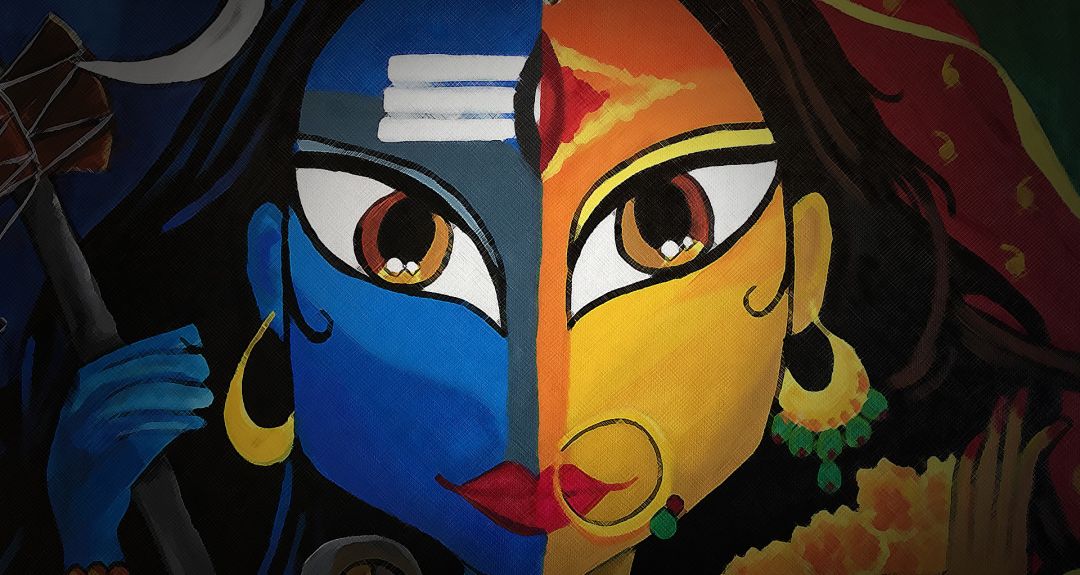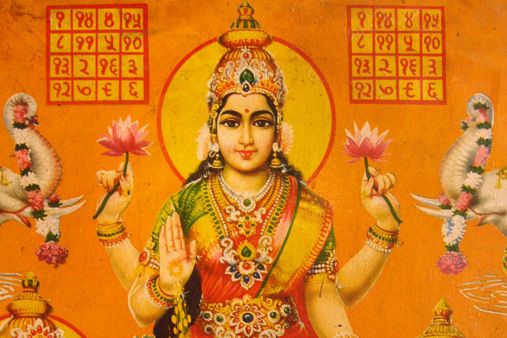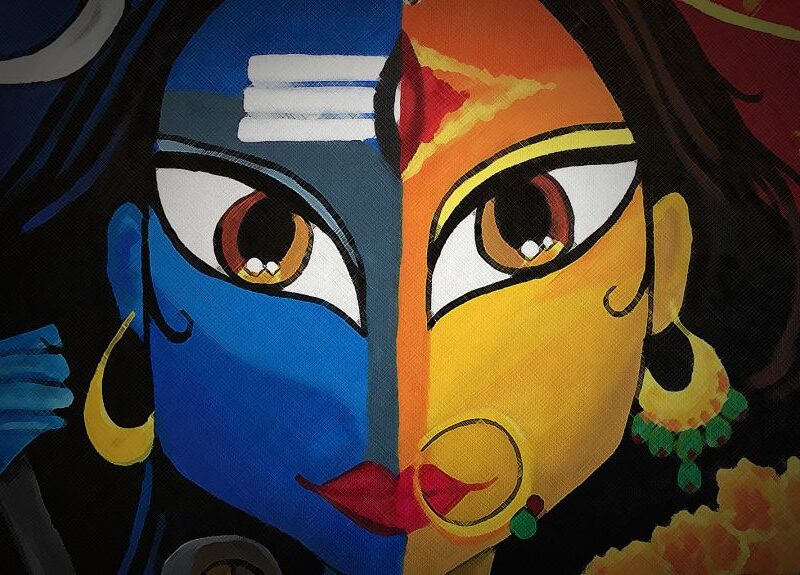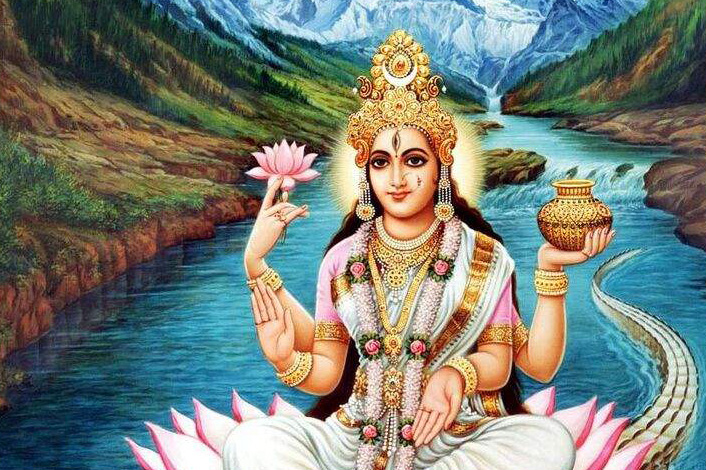
Before I delve into the success or failure of the campaign, I feel compelled to do two things. First I’ll provide a short Hinduism 101 with regard to women because according to a 2011 survey conducted by the Association of Religion Data Archives, “95 percent of Americans have little or no knowledge of Hindu beliefs and practices.” Second, I’ll provide distressing facts about violence against women.
Hinduism, the family of spiritual traditions emerging from India and the religion of the overwhelming majority of her citizenry and diaspora, is the only major religion in the world in which the feminine divine is central to its beliefs and practices. Hindus understand the Divine to be both masculine and feminine, as well as neither. Divine energy, or Shakti, manifests and is worshiped as the Goddess(es) and is seen to be complementary and not in competition with divine masculine powers which manifest as God(s). These magnificent, awe-inspiring feminine manifestations — at once fierce and compassionate, scary and loving, and powerful and gentle — work hand in hand with their equally awe-inspiring male consorts towards upholding dharma (cosmic order), demonstrating for us mere mortals the ideal and strength of symbiotic existence. In the material realm, the individual soul is eternal and genderless, but when manifested in human form, it takes on in varying degrees both feminine and masculine characteristics. One oft recited prayer reminds us of where the Divine can be honored in our daily lives — Matru devo bhava Pitru devo bhava — in our mother and our father. Whether mundane or ethereal, internal or societal, when both the feminine and masculine principles are in balance, we all share in the potential of functioning as a blissful whole.
Now those facts. A report on the latest study by the World Health Organization summarizes a bleak picture of the pervasive nature of violence faced by women around the globe. Nearly 36 percent of women worldwide have experienced or will experience physical or sexual violence. While in Southeast Asia, women are more likely to face violence at the hands of an intimate partner (37.7 percent as compared to 23.2 percent in “Higher Income” nations such as the U.K, France, and the U.S.), 12.6 percent of women in Higher Income nations and 4.9 percent Southeast Asian women face violence perpetrated by non-partners. The Government of India presents its own domestic statistics on violence against women, at least from what is reported, which are equally depressing.
The intent of the Abused Goddesses campaign seems clear — one that accepts the fact that laws alone cannot abate violence against women, but societal change can. And to this end, the campaign seeks to touch a nerve, but hits a cluster. I must admit, my initial reaction to the Buzzfeed link when I saw it posted on a friend’s Facebook profile was, “What a powerful reminder to send to men and women throughout India.” At the same time, there was something disconcerting about the vivid, very real women looking out at me.
Being a Hindu advocate, I know well how the use of Hindu iconography, just like any religious iconography, can be a sensitive topic. Remember Burger King’s ridiculous idea of using an image of Goddess Lakshmi to sell a ham and cheese breakfast sandwich? How about Newsweek’s decision to portray President Obama posing as Lord Nataraja having to juggle multiple issues with his multiple arms? I decided to conduct a straw poll amongst friends, relatives, and colleagues and members of the Hindu American Foundation. I also scrolled through the pages and pages of comments on this growing story. I called my sister first — as I do for most “need an opinion” moments. She shared a reaction that was expressed by many others: “It’s a reminder, that as a Hindu, when you objectify, abuse, or hurt a woman, you are not only forgetting, but abusing the Lakshmi, the Saraswati, and the Durga within her. Every one of us is an embodiment of Shakti.” There were also a few who were suspicious of the campaign creators’ motives, suggesting that perhaps Save the Children India had missionary ties and was going about its Hindu-bashing business as usual. A few others legitimately asked, “Well, women of all religions suffer in India. Why not depict Mother Mary or Fatima in the same shock-value way to send a message to Christians and Muslims too?”
It wasn’t until my husband shared a link from First Post on the campaign and an email from my friend and Senior Director at HAF, Sheetal Shah, that I saw another very clear message that this campaign inadvertently sends — one which Lakshmi Chaudhry states eloquently in her First Post piece: “The advertisements rob Indian women of our culture’s most enduring images of feminine authority by reducing our goddesses to victims, stripping them of their awesome divinity. Even in the most patriarchal reaches of our society, the powerful goddess offers cultural sanction for female desire, self-assertion, and power.”
Under the spell of a warped understanding of secularism and an unquenchable thirst for the material, too many Hindus seem to have lost their moral compass — an ancient compass which directs us to recognize our’s and one another’s inherent divinity, regardless of gender, religion, color, or caste — a worldview and way of respect-filled life that millions have flocked to India’s shores to discover and absorb in the hopes of being transformed — a philosophy that needs to be rediscovered by those who have abandoned our collective inheritance.
As for the effectiveness of the campaign, the reactions, be they orthodox, liberal, religious or non, have indeed been varied. What will be the ultimate test of the success of this campaign, however, is if it is able to stop the first of many abusers from letting his raised hand meet its intended target.








































